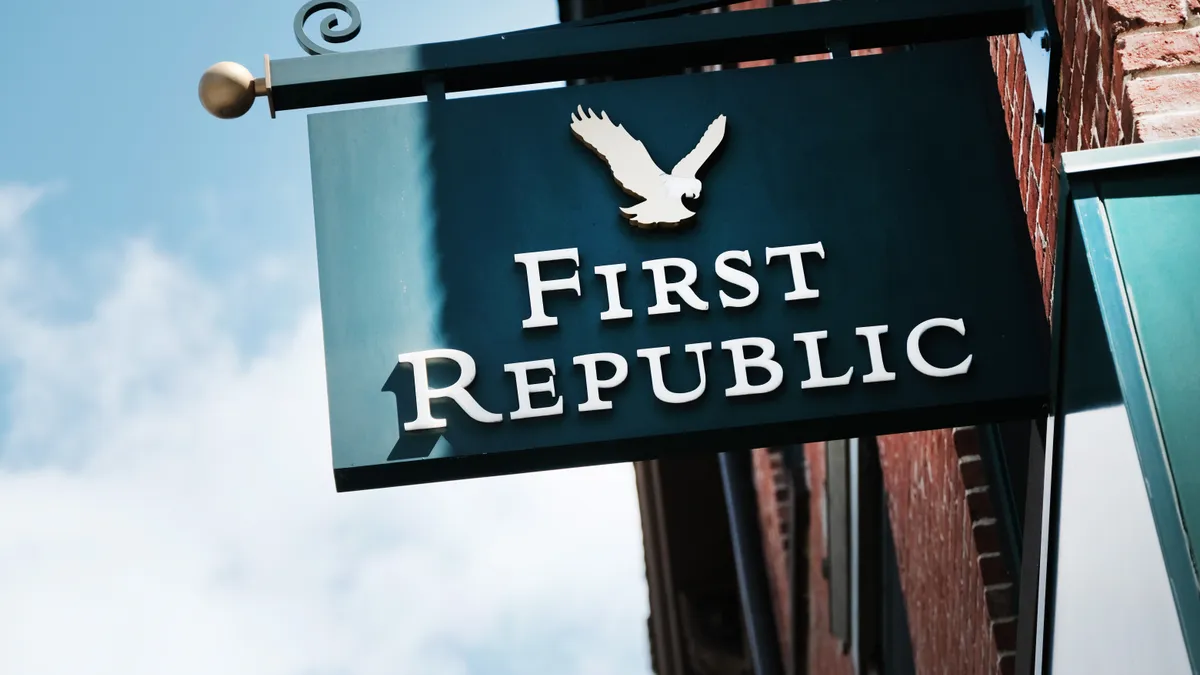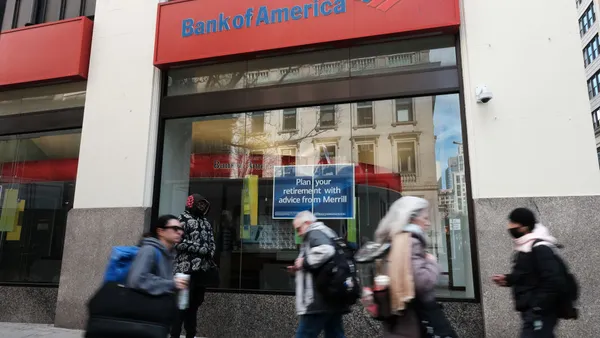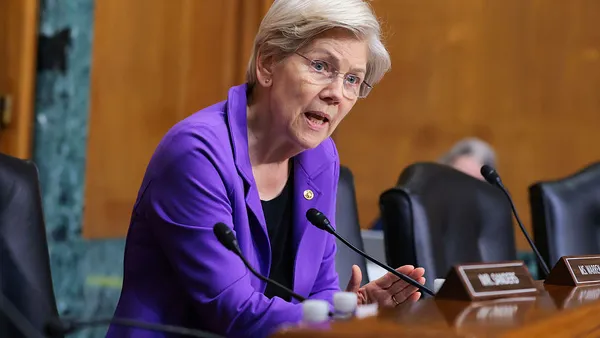Former First Republic Bank CEO Michael Roffler placed the blame of his bank’s failure squarely on contagion, according to testimony he gave Wednesday in front of the House Financial Services Committee.
“Before March 10, First Republic was conducting business as usual,” Roffler said, citing the day Silicon Valley Bank collapsed after depositors withdrew $42 billion in the span of 24 hours.
In fact, First Republic “experienced a significant inflow of deposits” a day earlier “from clients who had withdrawn their money from Silicon Valley Bank,” Roffler said. “Everything changed overnight.”
Over the ensuing weekend, Signature Bank, too, had fallen and “negative short seller and social media attention continued and accelerated, ultimately resulting in approximately $40 billion in deposit outflows on March 13,” Roffler said, citing testimony from Federal Deposit Insurance Corp. Chair Martin Gruenberg, whom the House panel heard a day earlier.
“Contagion effects from SVB’s failure began to spread through traditional media, social media and short sellers to other banks with perceived similar risk characteristics — notably, those with high levels of uninsured deposits, concentrations of customers in the venture capital and tech industries, and high levels of unrealized losses on securities,” Gruenberg said Tuesday.
“Up until the cataclysmic events of March 10 … First Republic was in a strong financial position with strong investment grade ratings aligned with the nation’s largest banks,” Roffler said Wednesday.
Neither the FDIC nor California’s Department of Financial Protection and Innovation had expressed concern over First Republic’s “strategy, liquidity or management performance,” Roffler said.
Rather, the bank’s biggest worry, he said, was continued interest-rate hikes by the Federal Reserve, which the bank predicted would reduce profit in 2023 from record levels the year before.
“No one at First Republic could have predicted the collapse of Silicon Valley Bank and Signature Bank, the speed at which it happened, or the catastrophic effects these events had on the banking industry and consumer confidence,” Roffler said Wednesday.
First Republic warned investors in November of its expectation for decreased profit, saying it would offset that with tighter expense management, including “moderating headcount growth.” The bank would also offer clients certificates of deposit and money market opportunities, maintain the strength of its credit quality, raise equity and defer expenses expected in 2023, Roffler said.
In a December filing with the Securities and Exchange Commission, the bank warned that continued inflation and interest-rate pressure “may affect our net interest margin,” and that “volatility in the financial and securities markets … may negatively impact the valuation of our investment securities portfolio, credit losses on our loans and debt securities, and the performance of our wealth management business.”
The crisis of confidence that struck regional banks after SVB and Signature’s failures cost First Republic more than $100 billion in deposits withdrawn, Roffler said.
Eleven large U.S. banks infused First Republic with $30 billion in the first week of the crisis, but the bank ultimately was seized May 1 and sold to JPMorgan Chase.
“Despite herculean efforts by my incredible colleagues at First Republic … investor and depositor confidence never recovered,” Roffler said Wednesday. “Instead of dealing with temporary decreased earnings due to interest rate pressures, First Republic was contaminated overnight by the contagion that spread from the unprecedented failures of two regional banks.”











